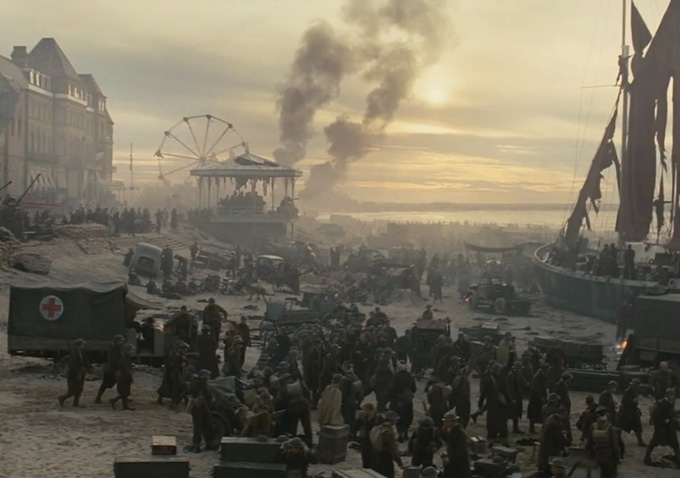 Expertly handled long takes in cinema have a special place in film buffs’ hearts. Sometimes they work as beacons to find other hardcore film fans, since the use of an impressive long take usually goes unnoticed by general film audiences, even though subconsciously they more than likely felt the intended dramatic effect of the take. You strike up a conversation with a stranger at a party, the talk veers towards film, then one of you brings up the amazing single take fight from the midpoint of “Creed,” and you know you’re with a kindred spirit, someone who appreciates the intricate craft of filmmaking beyond its surface narrative enjoyment.
Expertly handled long takes in cinema have a special place in film buffs’ hearts. Sometimes they work as beacons to find other hardcore film fans, since the use of an impressive long take usually goes unnoticed by general film audiences, even though subconsciously they more than likely felt the intended dramatic effect of the take. You strike up a conversation with a stranger at a party, the talk veers towards film, then one of you brings up the amazing single take fight from the midpoint of “Creed,” and you know you’re with a kindred spirit, someone who appreciates the intricate craft of filmmaking beyond its surface narrative enjoyment.
That being said, film buffs, scholars, and critics tend to get a bit too obsessed with long single takes. It’s hard to blame us; there are many reasons to like them. If a long take fits the themes and the style of the film, it pulls us into the story, makes us feel as if we’re experiencing it in real time. While enjoying the take in pure storytelling terms, our technical mind is also engaged, making us wonder how the filmmakers pulled off such impressive lighting, blocking, and choreography without cutting once. Perhaps that’s why the interwebs is practically littered with articles about “The best long takes in film history.” Hell, we here at The Playlist is certainly guilty of it.
The insightful folks at Now You See It, a YouTube channel dedicated to analyzing cinema with an academic eye, are aware of us movie nerds’ addiction to long takes, and offers us a quick video about the importance of quick cuts as a type of cinematic methadone. It’s not surprising that the video opens with the famous line from “The Player,” where a studio executive pines for the days when Hollywood used long takes, while appearing in an impressive long take himself.
While defending the idea that long takes can be an overused gimmick, the makers of the video offer an interesting twist: Alfred Hitchcock criticizing his own use of the “entire feature in a single take” experiment from “Rope,” a taut single location thriller that pops up in pretty much every article about the use of long takes in film history. During his legendary interviews with Francois Truffaut, Hitchcock dismisses “Rope” as a failed experiment, and talks up the effectiveness of a well-assembled scene. Yet the video is not anti-long take, it eventually makes the point that the use of long or short takes depend on whether or not the style fits the story or the themes of the film. In a world where long takes get all the love, it only tries to get us to appreciate scenes with expert quick cuts. Check out the video essay below.

